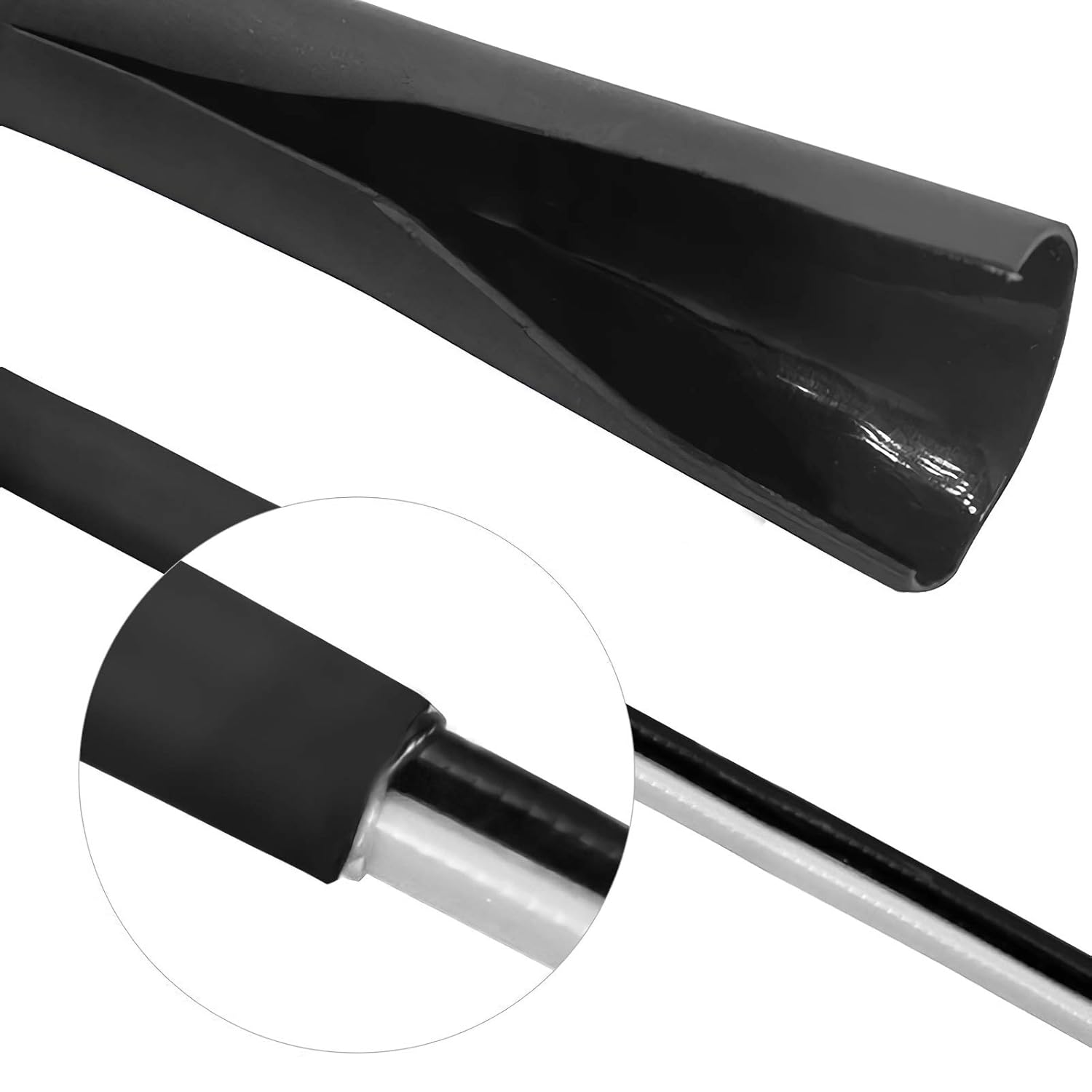2_i wrote: …. I used to solder the connectors myself, but a good crimp is cleaner, faster and does not undermine the strength of the insulation around the connector. You can compensate for the latter with some heatshrink but it ends up being messier both in terms of labor and end result. At this point I am completely sold on crimping with a good tool. I am still toying with the idea of plastic housings for the terminals, like on motorcycles on cars, but maybe bikes represent a too rough environment for those. (Yes, my projects are extended enough for this to become an existential problem

)….
I guess I'm in the same loop more or less. I've ridden thousands of miles with connections made the best way I know how but this doesn't lend itself to easy serviceability etc. So more widespread use of crimp connections on bikes is not something I have embraced before. One of the things that worries me most about crimped connections (on bikes) is the prospect of corrosion; hence using some kind of gloop ( like waxoyl) on the terminals. I think the plastic shrouds in my photos won't do any good at all when the wire is one way up (they are not a tight fit) but provided the male blade faces down and is shrouded from above, the plastic shroud on the crimped terminal may help prevent water ingress (eg into the structure of the wire) whilst also helping to retain the gloop/corrosion-proofing.
FWIW if required to say what might be a 'gold standard' for lamp wiring seen in production bicycles, I'd have to go with the Dynohub lighting setups found on Raleigh bicycles in the 1950s. These typically used crimp or soldered connections on the exposed wire ends, normally with mechanically mated push-fit terminals inside the headlamp shell, where the joints are protected from the weather. Even though the terminals were unplated brass and were assembled dry, contact corrosion inside the headlamp shell is rare. If necessary the connections inside the headlamp shell can be remade by the roadside; the only tools required would be to open the headlamp shell (small screwdriver) and to strip the wire insulation back a little. Everything else can be done with fingers. Because the connectors are cylindrical, the female parts are not difficult to clean should corrosion occur; the male connector ends up with wire strands on the outside, so the wire strands make direct connection with the female terminal. IME the whole arrangement is pretty reliable 'as is' but with the addition of a little waxoyl it can be made proof against corrosion; gentle warmth (~60C) is enough to cause waxoyl to penetrate the wire bundle near the terminal, which means that subsequent penetration of (salty) water into the wire bundle and subsequent corrosion within the wire itself is stymied. Vaseline works pretty well but it doesn't 'wick' into the wire bundle like hot waxoyl will.
I don't expect any crimp connections I make -no matter how fancy the tool or terminal is- to be 100% proof against corrosion; all I can hope for is that whatever corrosion proofing gloop is used will work well enough that it will make corrosion-related failures a rarity.
I have found myself attending to features such as
- 'drip-loops', i.e. where the wires always enter (say) a lamp housing from below, even if the wire approaches from above, and
- other methods of strain relief, such as making a flexible 'pig's tail' of wire where the steering flexes the wire running to the rear light,
as well as more obvious things such as reducing the chances of wire snagging/rubbing, and leaving enough length in the wires such that they can be reterminated should the need arise, etc.
cheers
